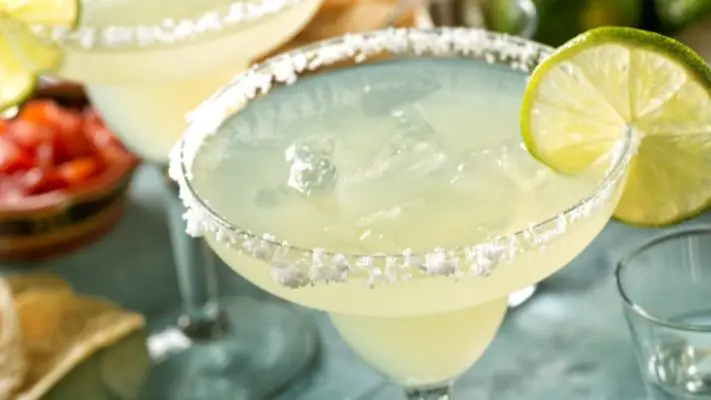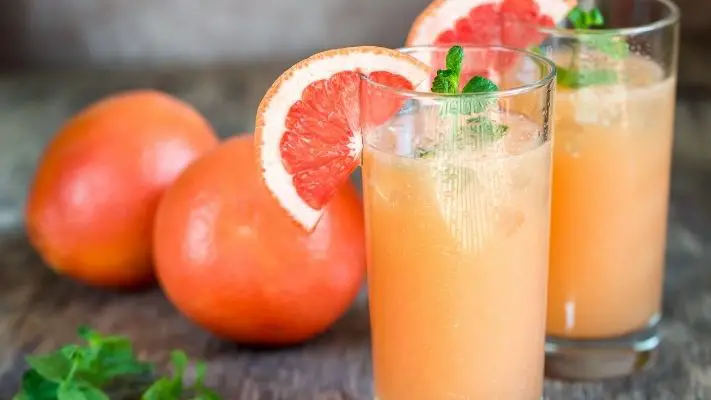Gin and Tequila are two of the most popular liquors in the world. Gin is made from juniper berries and other botanicals, while Tequila is made from the agave plant. Both have their unique flavors and styles, but there are some distinct differences between them.
The Botanicals in Gin Make it Unique
Gin is made from juniper berries and other botanicals, which give it its unique flavor. These botanicals can vary depending on the distillery, but they typically include allspice, anise, angelica root, caraway, cardamom, cassia bark, coriander, fennel, and lavender. This combination of botanicals gives gin its characteristic herbal taste.
Tequila is Made from the Agave Plant
Tequila is made from the agave plant, which is a succulent that’s native to Mexico. The agave plant is cooked for several days until it’s soft, then it’s mashed and distilled. Tequila can be made from different types of agave plants, but the most common type is the blue agave.
Gin is from England, Tequila is from Mexico
Gin is from England, and Tequila is from Mexico. Gin originated in the Netherlands in the 1600s, but it didn’t become popular in England until the 1800s. Tequila has been made in Mexico for centuries, and it became popular in the United States in the late 20th century.
Gin is often served mixed with tonic water or soda, while Tequila is most often served neat or on the rocks. Gin has a more floral flavor profile, while Tequila has a more earthy flavor profile.
Both Gin and Tequila can be used in cocktails, but Gin is more commonly used in mixed drinks. Some popular Gin cocktails include the Martini and the Tom Collins, while some popular Tequila cocktails include the Margarita and the Paloma.
Gin is a Clear Liquor, Tequila is Brown
Gin is a clear liquor, while Tequila is a brown liquor. This is because Gin is distilled, while Tequila is not. When Tequila is distilled, the agave plant’s sugars are turned into alcohol. This process also creates a byproduct called caramel, which gives Tequila its characteristic brown color.
Clear liquors are made by distilling a mixture of botanicals, while brown liquors are made by cooking a substance (such as sugar cane juice or an agave plant) until it’s turned into alcohol. This process also creates a byproduct called caramel, which gives brown liquors their characteristic color. Clear liquors typically have a higher alcohol content than brown liquors. Brown liquors tend to have a stronger flavor than clear liquors.
Gin is Sweet, Tequila is Salty
Gin is a sweet liquor, while Tequila is a salty liquor. This is because Gin is made from botanicals, which give it its sweet flavor. Tequila is not made from botanicals, so it doesn’t have a sweet flavor.
Gin has a Stronger Flavor than Tequila
Gin has a stronger flavor than Tequila. This is because Gin is distilled, while Tequila is not. When Gin is distilled, the juniper berries and other botanicals are turned into alcohol. This process creates a more concentrated flavor, which makes Gin taste stronger than Tequila.
Gin has a Higher Alcohol Content than Tequila
Gin has a higher alcohol content than Tequila. Gin typically has an alcohol content of 40-45%, while Tequila has an alcohol content of 35-40%.
Is tequila made from sugar cane juice or an agave plant?
Tequila is made from the agave plant, which is a succulent that’s native to Mexico. The agave plant is cooked for several days until it’s soft, then it’s mashed and distilled. Tequila can be made from different types of agave plants, but the most common type is the blue agave.
What are the different types of Tequila?
There are different types of tequila, such as Blanco, Reposado, and Añejo.
Blanco tequila is clear and has a slightly sweet taste.
Reposado tequila is aged for several months in oak barrels, which gives it a mellower flavor.
Añejo tequila is aged for at least one year in oak barrels, and it has a smooth, buttery taste.
How is Gin made?
Gin is made by distilling a mixture of botanicals, which include juniper berries and other herbs. The botanicals are turned into alcohol in a process called distillation. This process creates a more concentrated flavor, which makes Gin taste stronger than Tequila. Gin is typically distilled in a pot still, while Tequila is distilled in a column still.
What are the different types of Gin?
There are different types of gin, such as London Dry Gin, Plymouth Gin, and Navy Strength Gin.
London Dry Gin is the most common type of gin, and it’s made with a mix of botanicals that include juniper berries and other herbs.
Plymouth Gin is made in Plymouth, England, and it’s distilled with a unique blend of botanicals.
Navy Strength Gin is a type of gin that has an alcohol content of 57%, which is higher than the typical alcohol content of gin.
Do any cocktails recipes mix both Gin and Tequila?
Yes, some cocktails recipes mix both Gin and Tequila. Some popular Gin and Tequila cocktails include the Margarita and the Paloma.
Margarita

Ingredients:
- 2 oz. Tequila
- 1 oz. Gin
- 1 oz. Lime Juice
- 1 oz. Triple Sec
Instructions:
Add all ingredients to a shaker filled with ice. Shake well and strain into a glass.
Paloma

Ingredients:
- 2 oz. Tequila
- 1 oz. Gin
- 1/2 oz. Grapefruit Juice
- 1/2 oz. Lime Juice
- Dash of Orange Bitters
Instructions:
Add all ingredients to a shaker filled with ice. Shake well and strain into a glass over ice.
Thank you for reading! We hope that you found this article helpful and informative. Now that you know the difference between Gin and Tequila, what type of cocktails recipes to mix them in, and how they’re made, it’s time to get out there and start mixing up some drinks!

